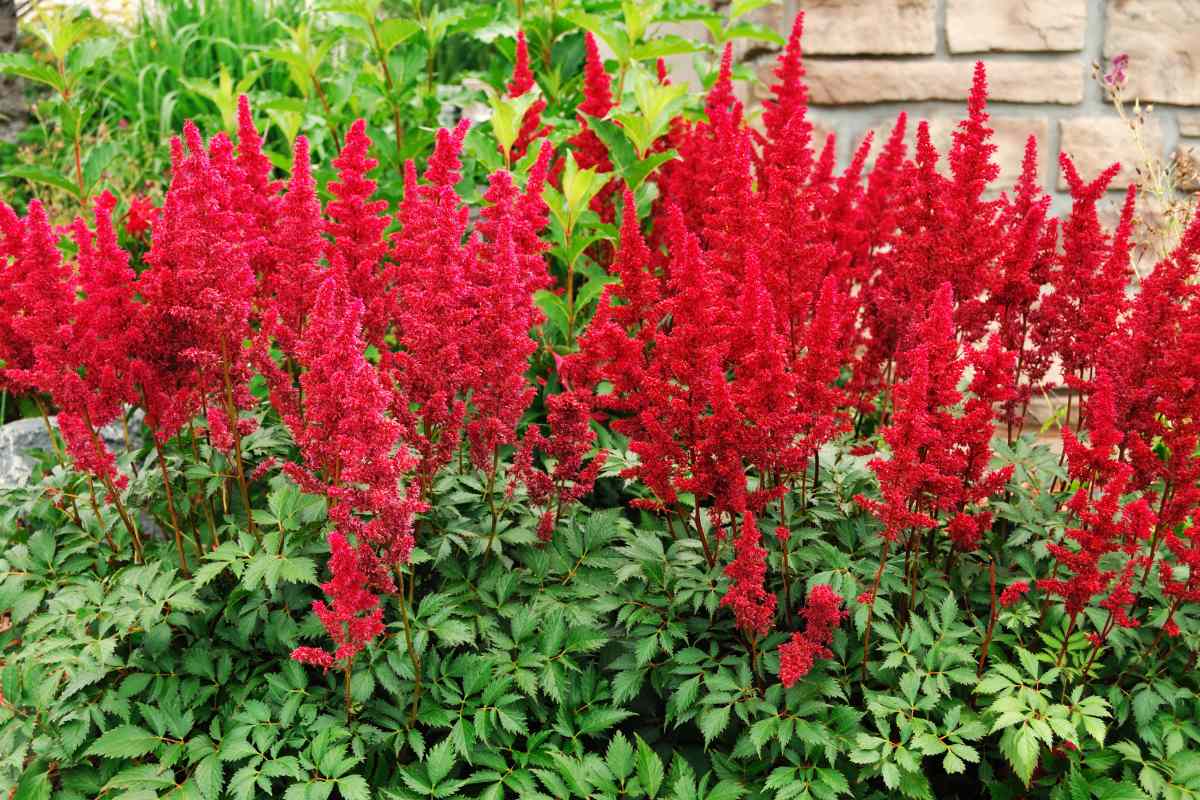
A Deer Resistant Garden: From Planning to Planting
The joy of gardening is fruitful in many ways. From enjoying your morning coffee and watching the world wake up, to relaxing at the end of a full day in a quiet area. Harvesting your own flowers, berries, and veggies as you beautify the space around you is very rewarding too. But the more you garden, the more aware you become of garden visitors and competitors. Hummingbirds and butterflies are a delight. However, when it comes to the four-legged kind, such as deer and rabbits, it can present some challenges. These beautiful creatures may be a joy to watch from afar, but when they start munching on your favourite plants in the garden, it can be frustrating. Thankfully, there are ways to keep them out without harming them.
Table of Contents
Understanding Deer Behavior
The first step in creating a deer-resistant garden is to understand the behaviour of these animals. Deer are naturally curious and will explore their surroundings looking for food. They also have a keen sense of smell, which they use to find tasty plants. By knowing what attracts deer to your garden, you can take the necessary steps to deter them.
Deer are herbivores, meaning they primarily eat plants. In the wild, deer typically feed on grasses, leaves, and shoots from trees and shrubs. When they come across a garden filled with delicious plants it’s no wonder, they can’t resist taking a bite. Gardens provide deer with easy access to food. They are typically well-maintained and often have plants that are low enough for deer to reach without much effort. This makes it very convenient for them to grab a quick snack from our garden buffets.
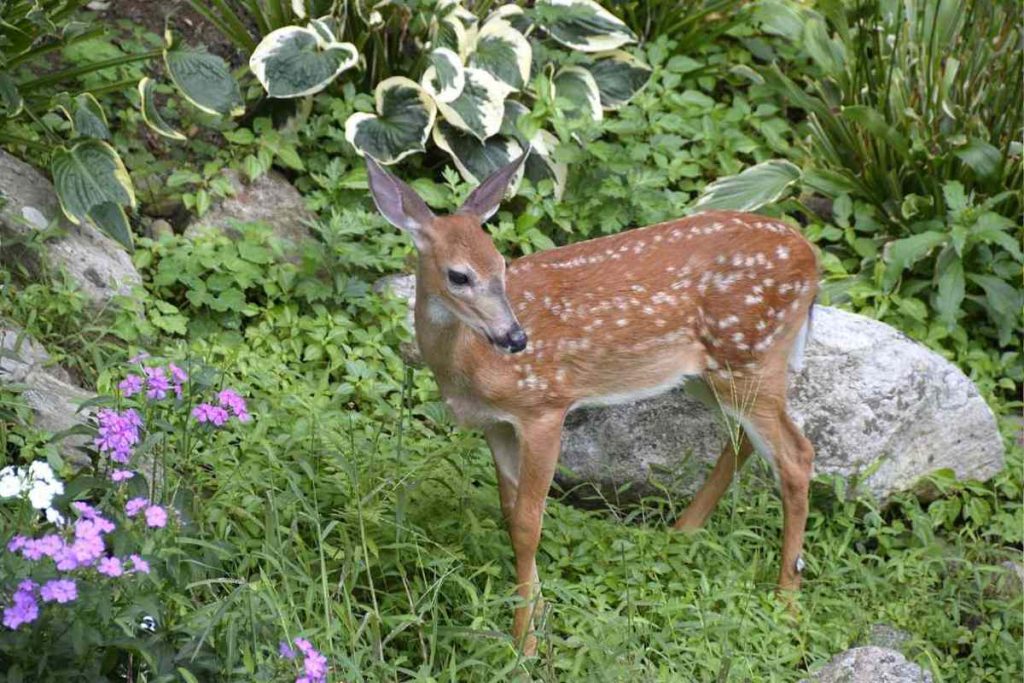
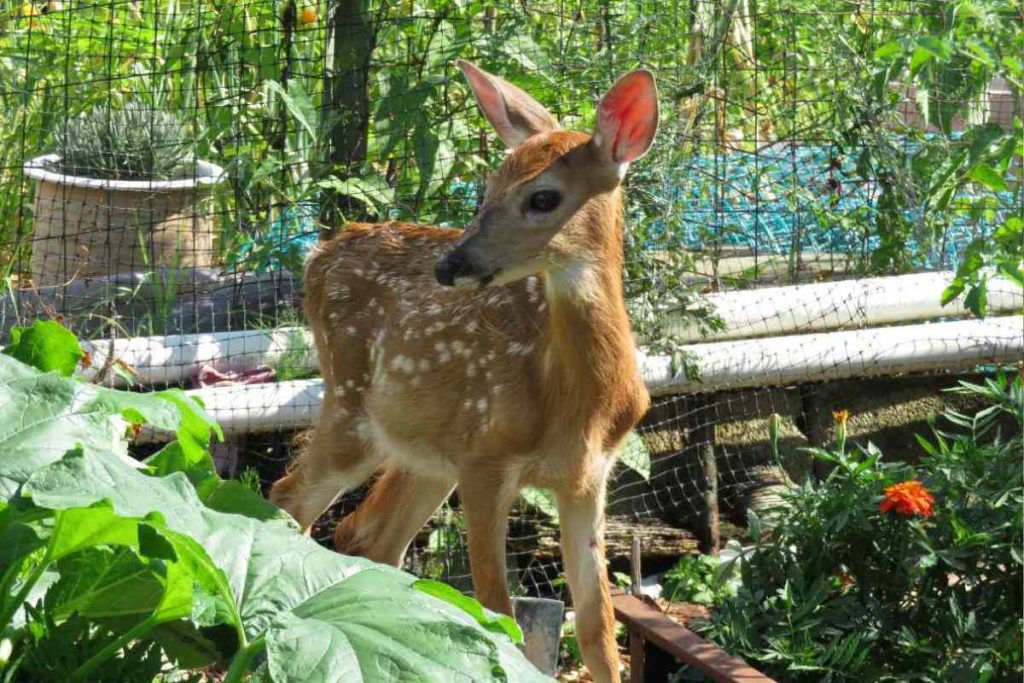
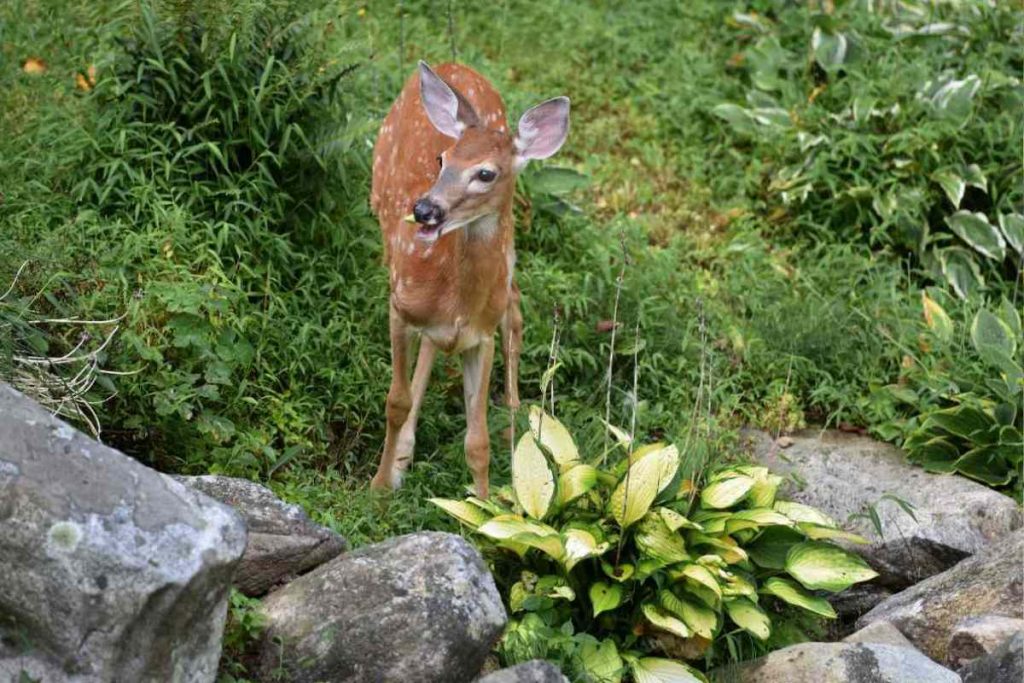
Physical Barriers
An effective way to keep deer out of your garden is by using physical barriers. Deer cannot destroy a garden they cannot get to! This can include building a fence around your garden or installing individual wire cages or mesh netting around plants that are particularly attractive to deer. The key is to make sure the barriers are tall enough, at least 8 feet. Another option is to install motion-activated sprinklers that startle the deer when they come near, or motion-activated lights. If you are okay with giving your deer friends a little shock, electric fences can work too.

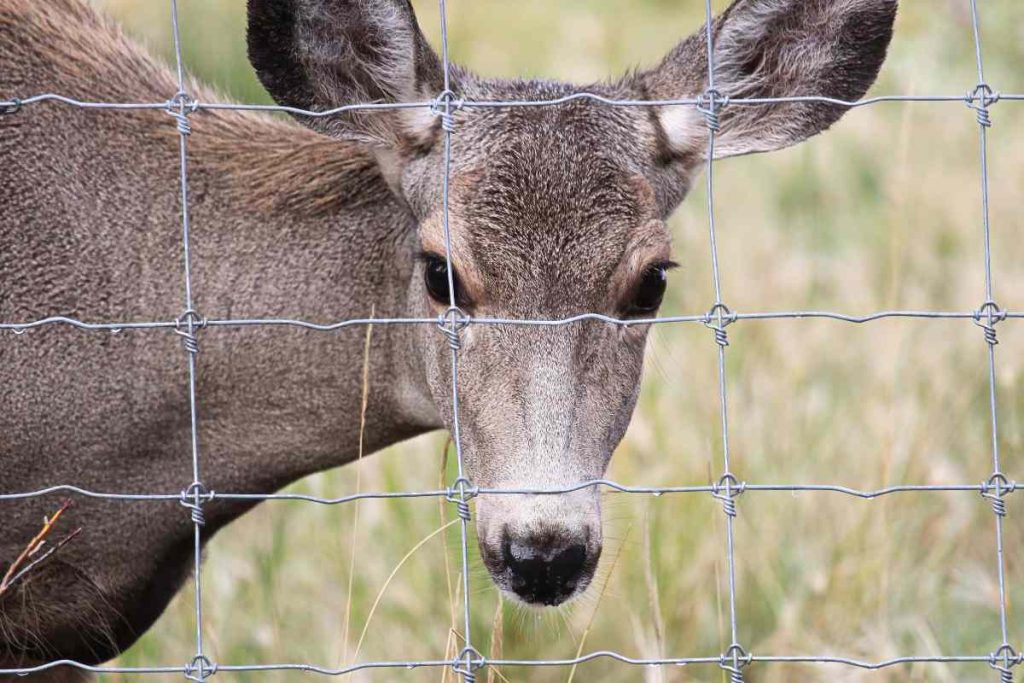
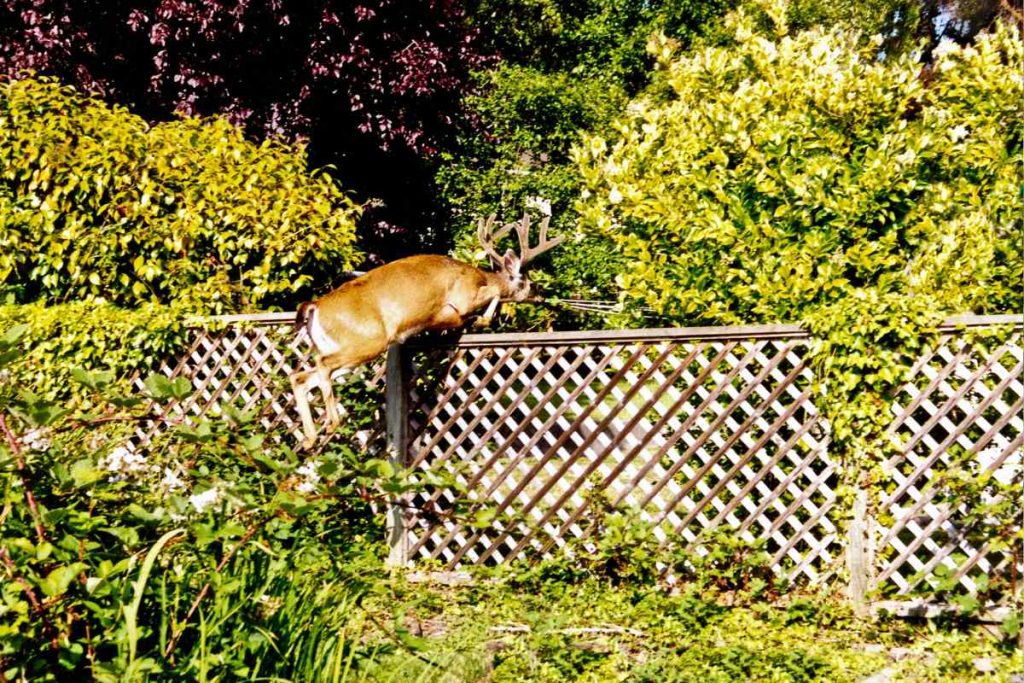
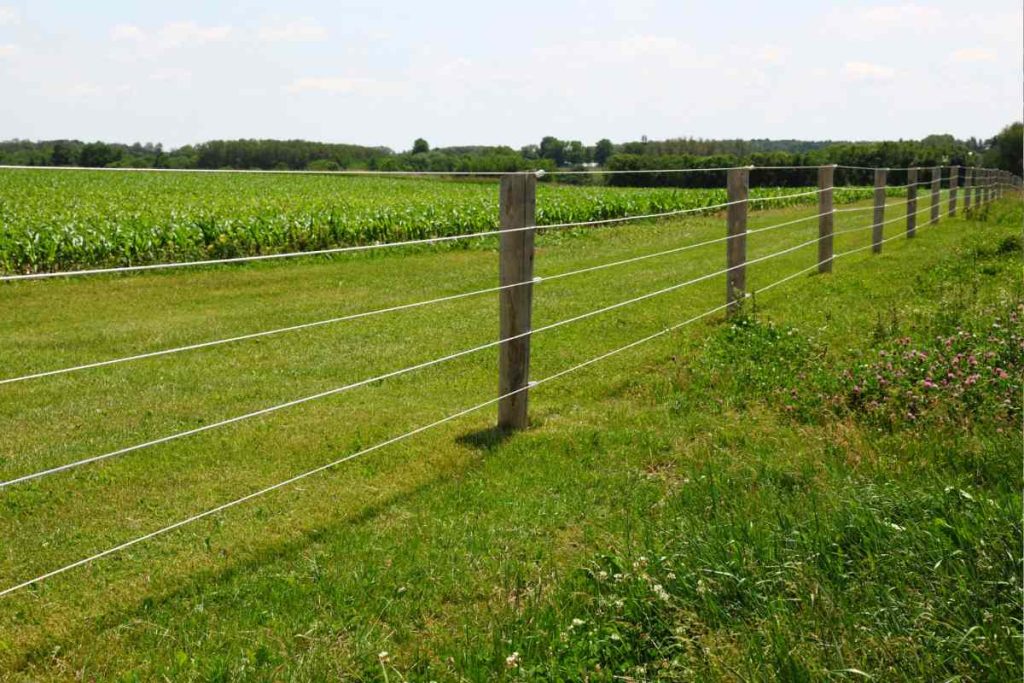
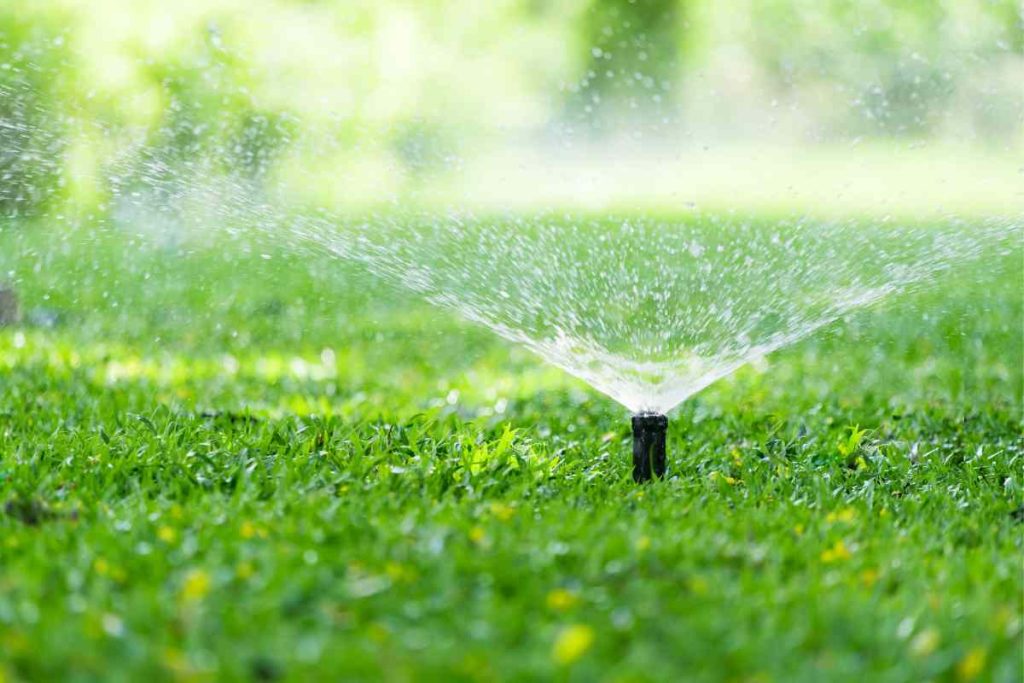
Repellents
Without resorting to physical barriers and other costly methods, there are a few different repellents you can try. There are commercial repellents available that can be sprayed on plants to deter deer. However, be sure to reapply these regularly as they can wear off over time, and deer learn from experience. So consistent applications of sprays will remind the deer they are not welcome in your shady hosta border. One effective deterrent for Canadian gardens to try is Bobbex. It is an environmentally friendly and proven way of keeping deer from damaging your landscaping. It’s made up of natural ingredients that are safe for plants, people and wildlife and can be found at most garden centres.


You can also use homemade repellants such as cayenne pepper or hot sauce, a few bars of strongly scented hand soap strung up at the edges of the garden, a blend of eggs and water applied to the garden bed, or, strangely enough, human hair wrapped in pantyhose. With their keen sense of smell, they are not likely to approach areas with distasteful odours, or strong fragrances.

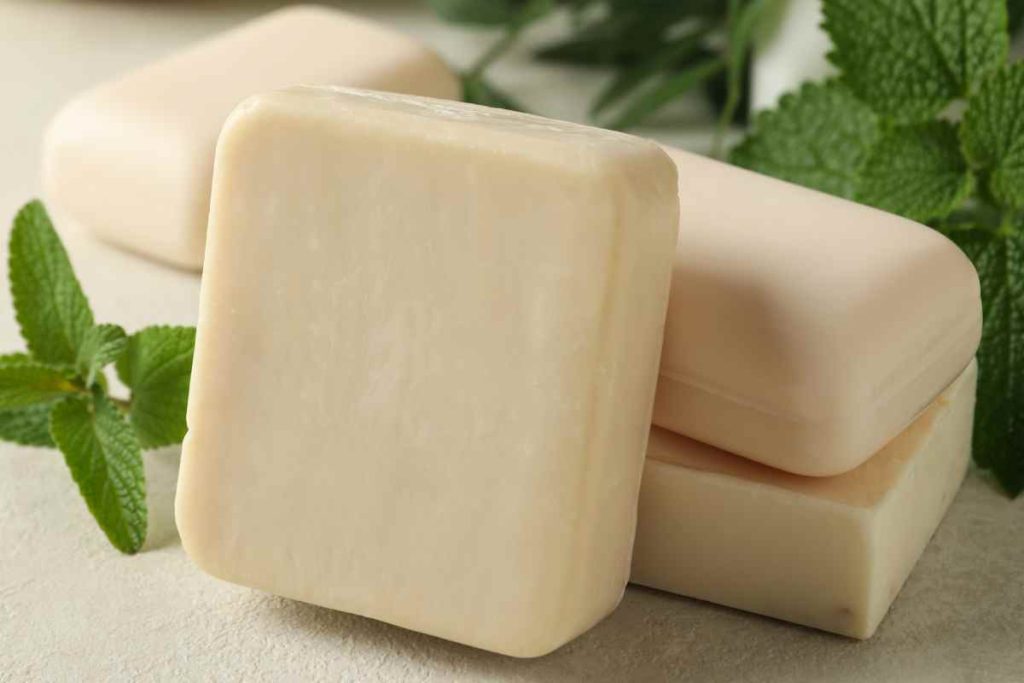
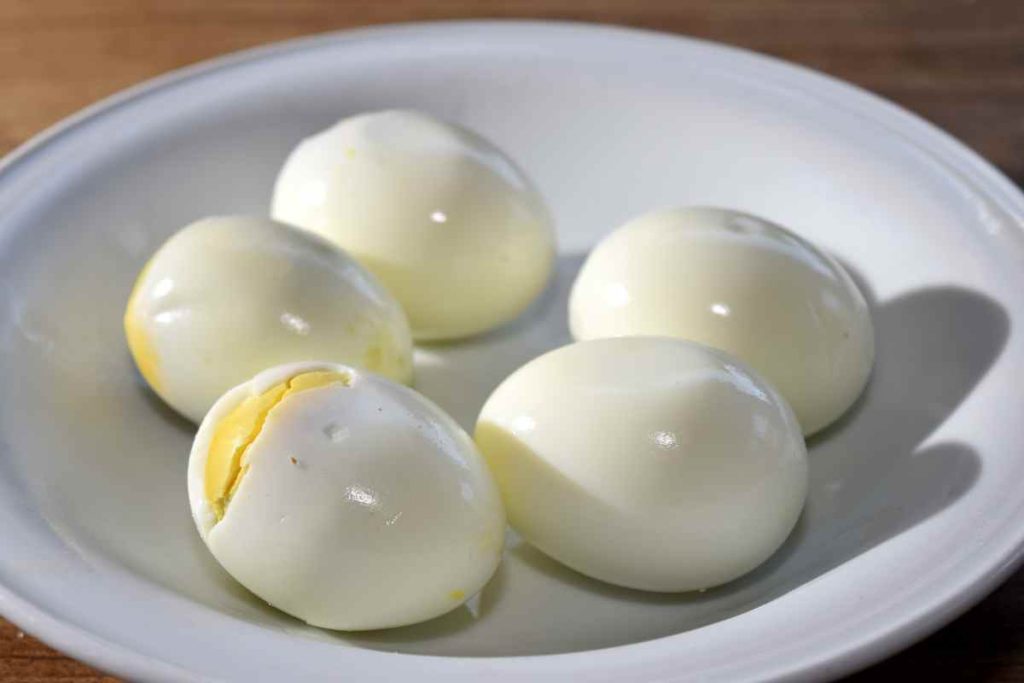
What to Plant for a Deer Resistant Garden
The layout of your garden and what you plant can also play a significant role in deterring deer. Consider planting deer-resistant plants near the edges of your garden. These include plants with strong scents or prickly textures that deer find unappealing.
There are many different bulbs and countless different perennials to choose from. If you are planting an herb garden, mint, rosemary, sage, thyme, oregano, and dill deter deer due to their strong aromas. When planting a vegetable garden, it is highly recommended to add some onions and garlic around your vegetables. The odor as well as the taste will keep the deer at bay.
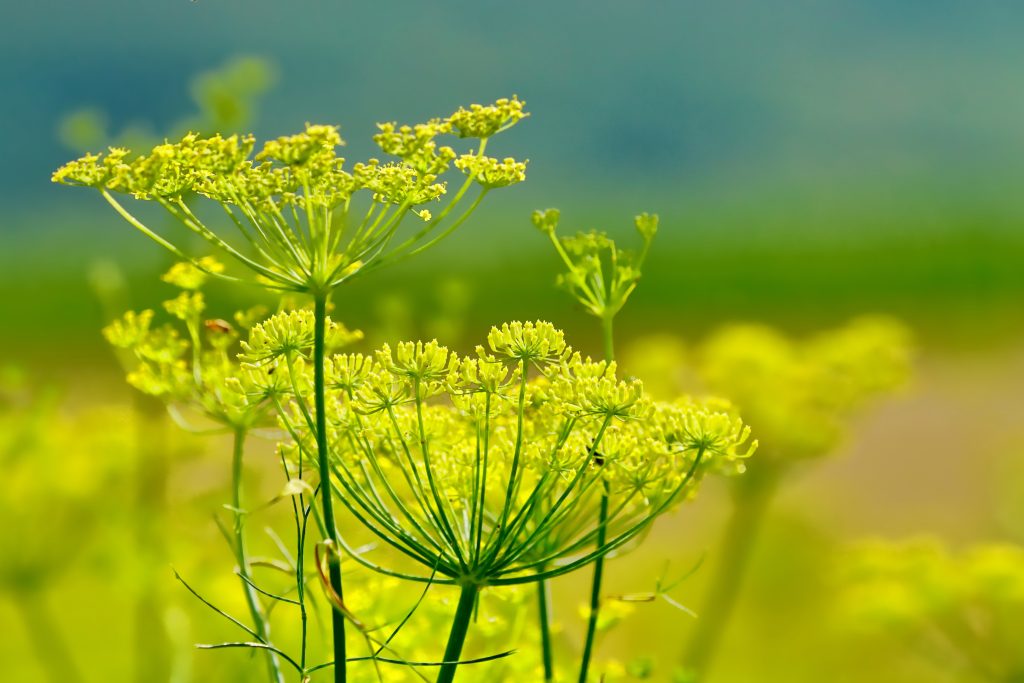

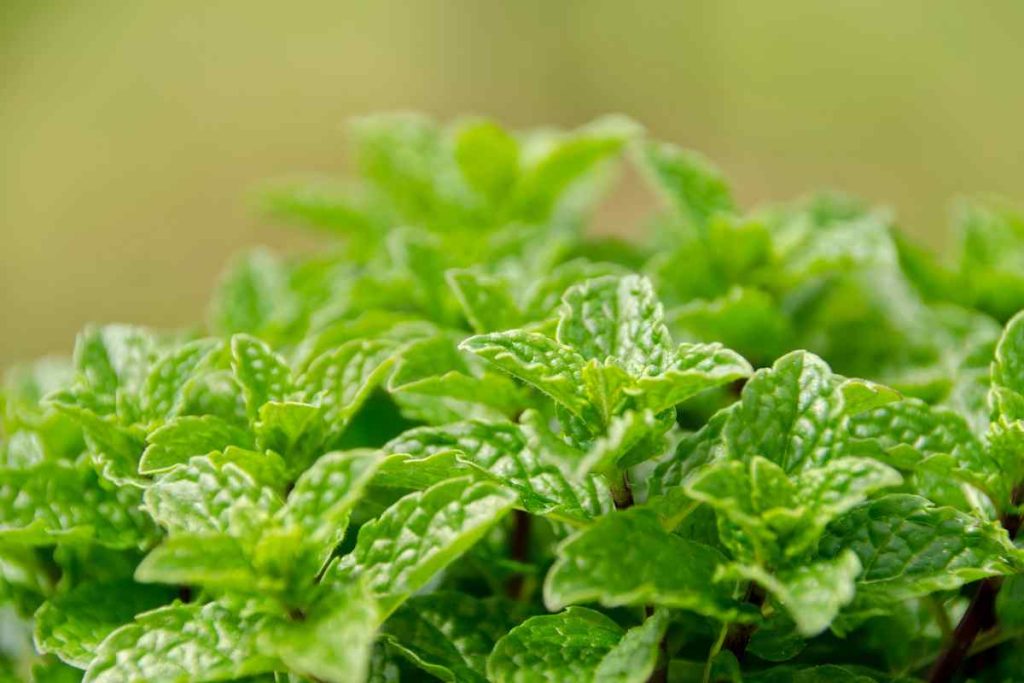
Even in high deer-traffic areas, you can have a gorgeous garden. There are many deer-resistant varieties to plant, and with those, you will not have to worry about continual applications of deterrents and fences. Deer will eat almost anything if hungry enough, so no plant can be 100% deer-proof. However, here are some ideas for plants to add to a deer-resistant garden:
Narcissus – Daffodils
The spring garden can be a challenging one to keep deer out – that is unless you know what to plant! Deer love fresh new growth of tulips, as most critters do. Thankfully, there are bulbs to plant which will produce a gorgeous spring garden, one that deer are not inclined to nibble on. Narcissus, also known as daffodils, are the perfect spring blooming choice for a deer-resistant garden! As every narcissus variety is deer-resistant, take your pick! There are both tall and short varieties, fragrant ones, and many different colours too! Check out our blog on different varieties of narcissus.
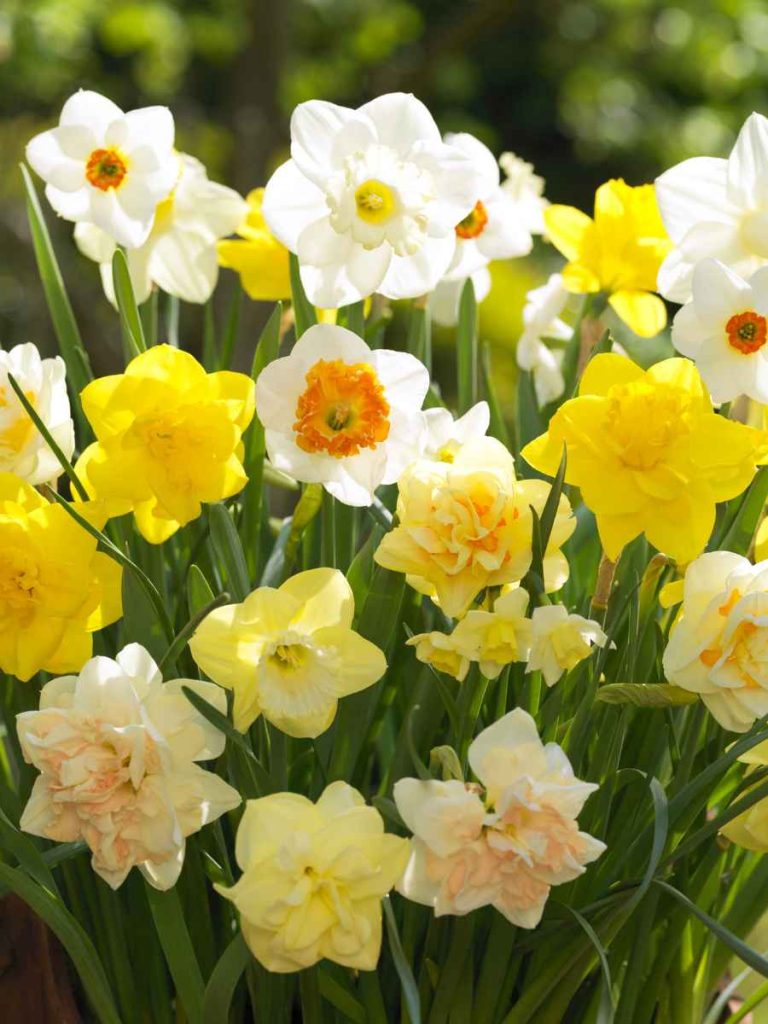
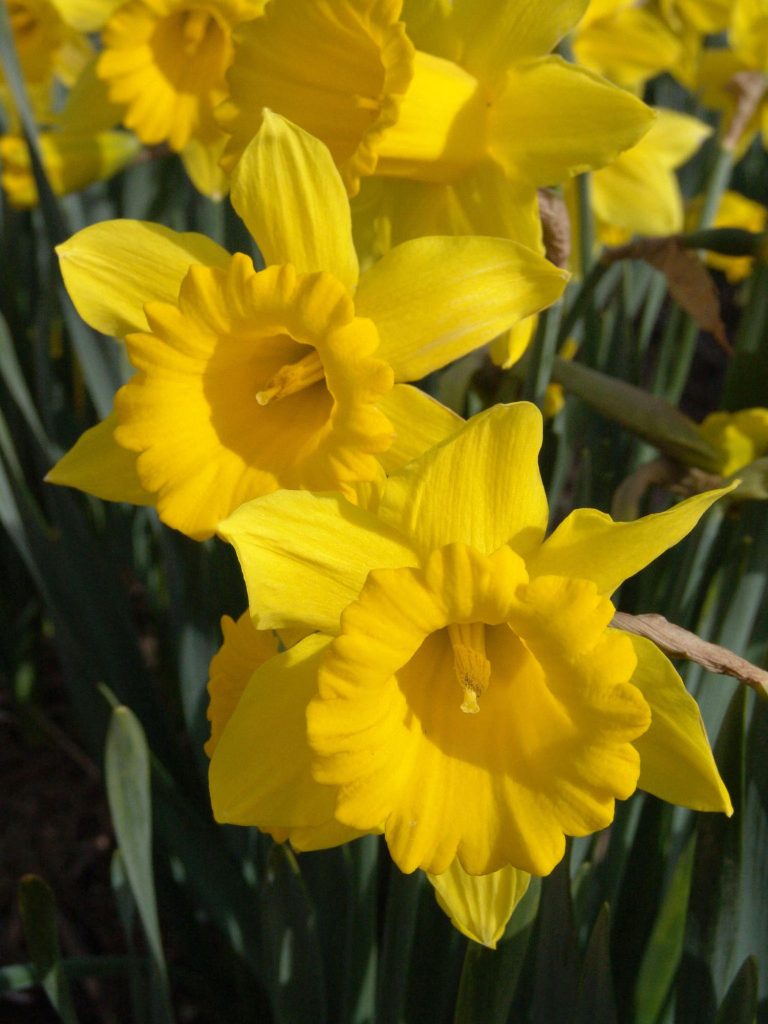
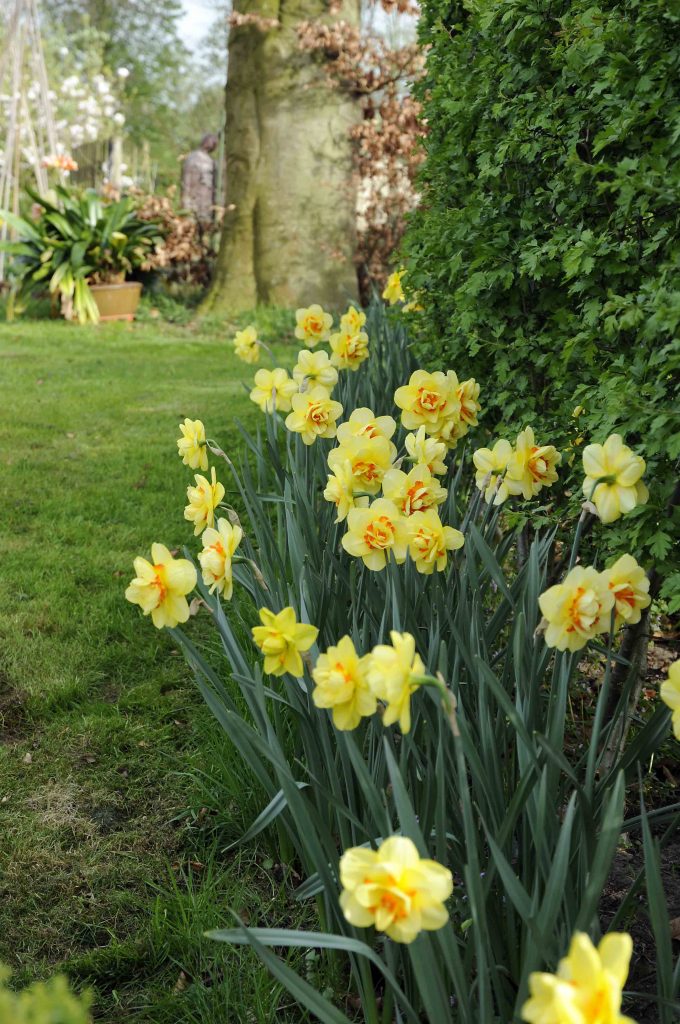
Allium – Ornamental Garlic
Allium, also called ornamental garlic, is a good choice to add to a garden when wanting to deter deer. With their pungent scent and bitter taste, they work two-fold! Not only are they stunning varieties to grow in your garden, but their scent will also help other plants in the vicinity. These naturalizing bulbs have a strong odour and will propel deer in different directions. Plant at the edges of your garden beds to assist in the efforts to keep the deer away from your plants. For suggestions on types of alliums, check out our blog All Things Allium.
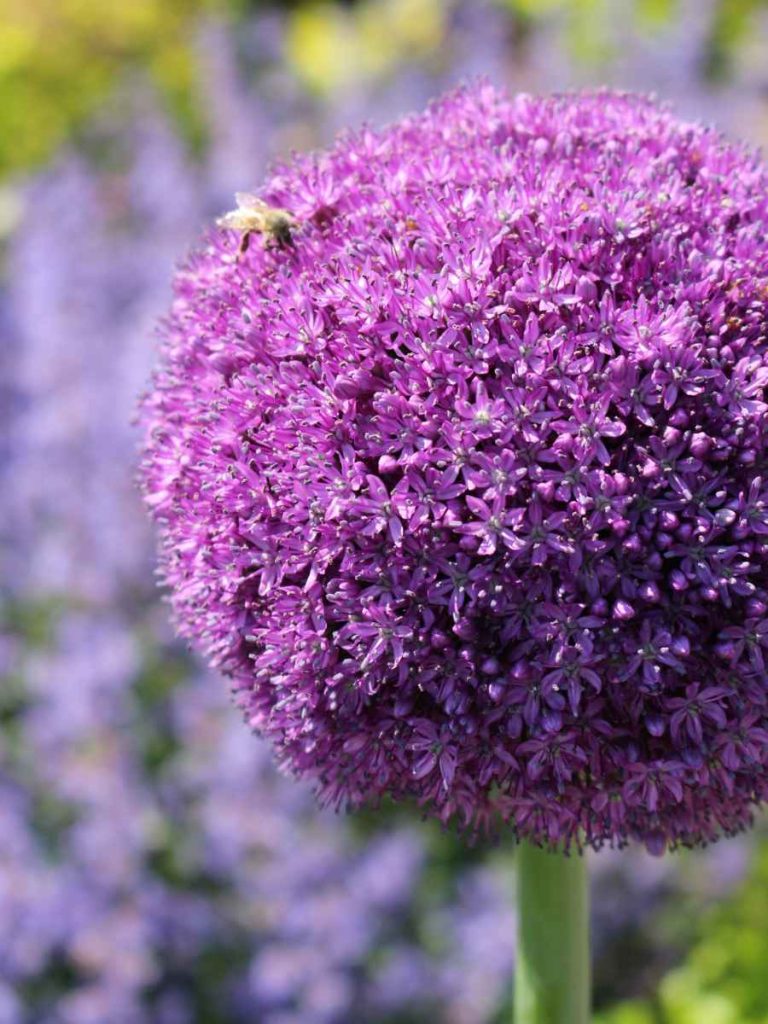
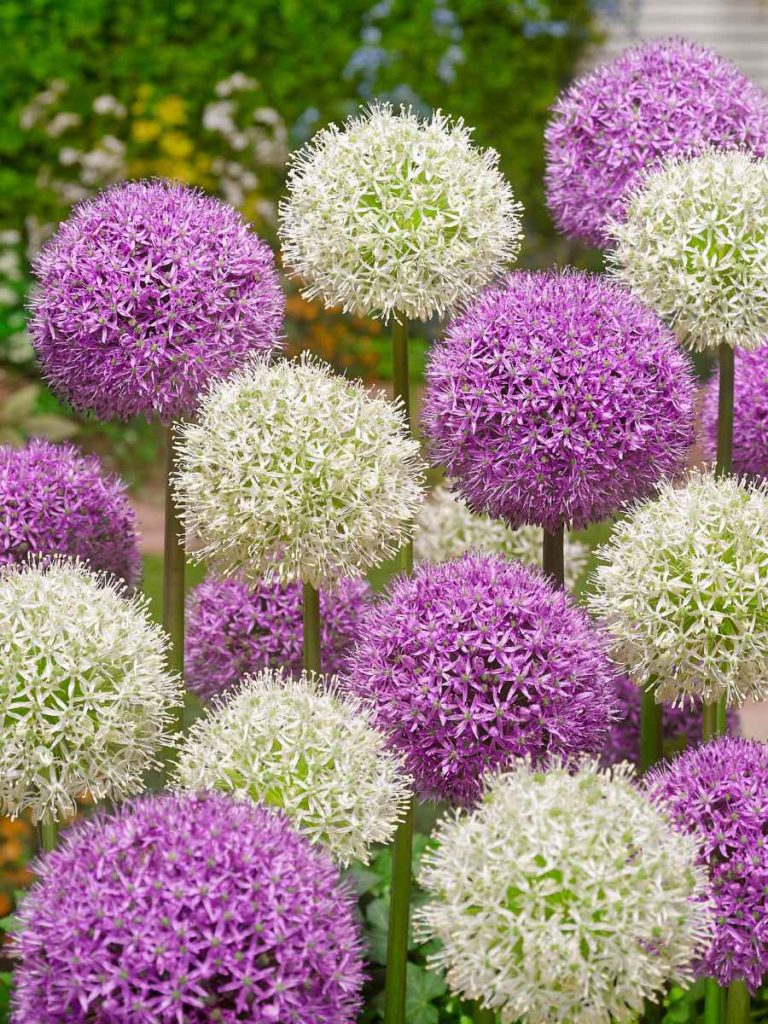
Hyacinths
Hyacinths are a spring garden favourite. They too produce a strong scent, and the bulb’s papery sheath has a natural skin irritant that deer and other garden bulb-eating creatures avoid. Once the bulbs bloom, deer will also avoid munching on the foliage and flowers due to their strong fragrance. Hyacinths bloom in late March to April, are hardy to zone 4, grow to 25 cm (10”), and are available in a large spectrum of colours! Read more about hyacinths on our blog.
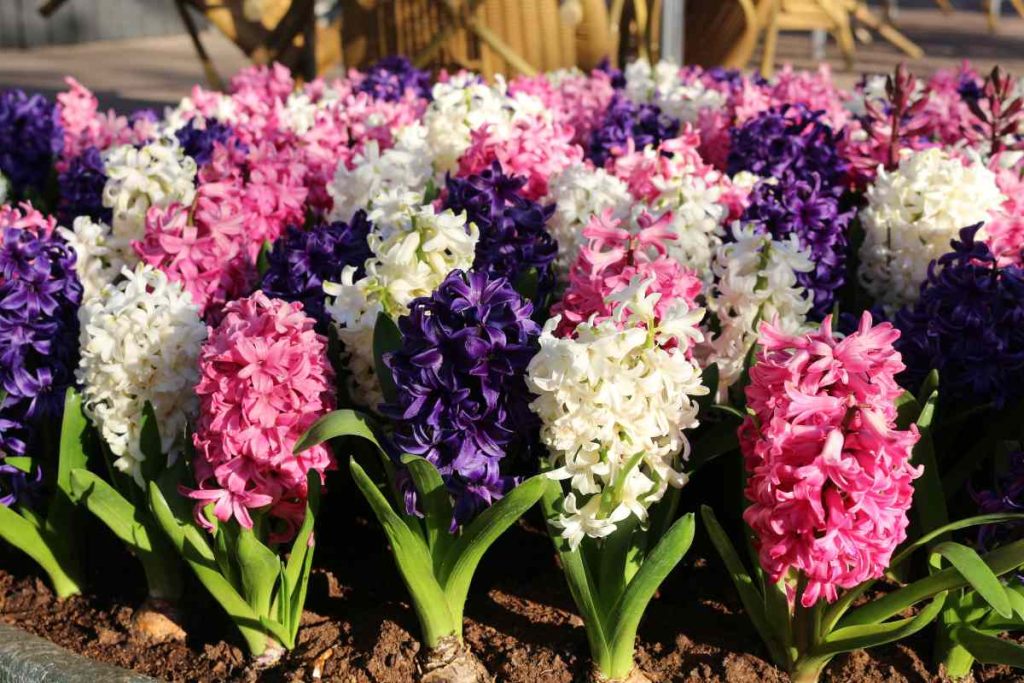
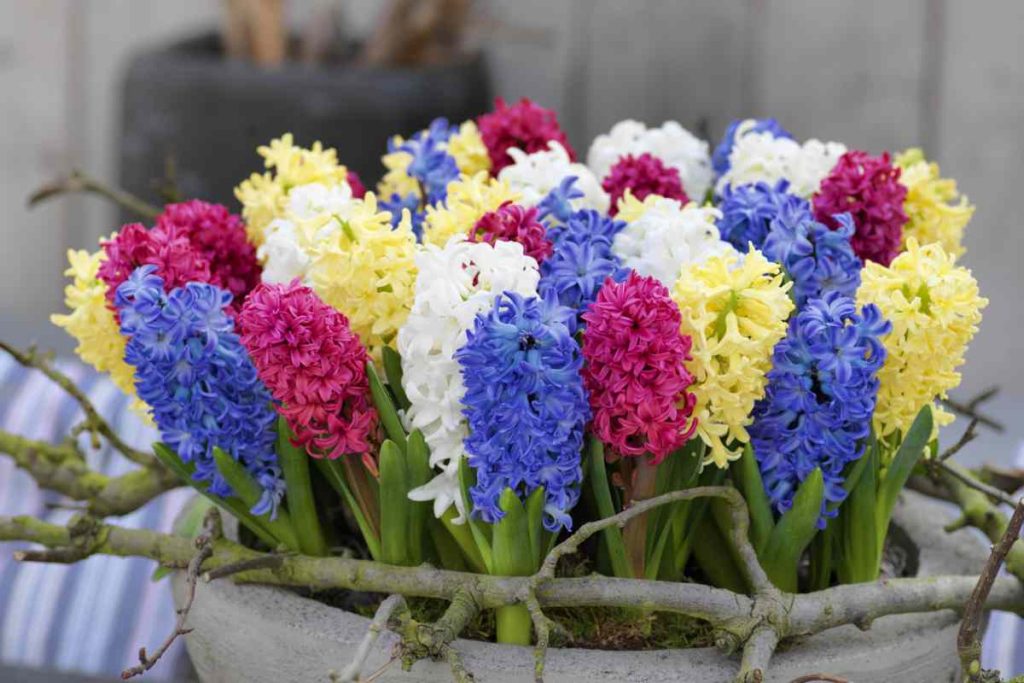

Callas – Zantedeschia and Cannas
When spring planting season comes along, there are two garden favourites which are deer-resistant. Callas and Cannas both add gorgeous colour and a whimsical tropical feel to the summer garden, whilst also being deer-resistant. Also known as Zantedeschia, Callas are lush tropical plants that produce long-lasting blooms. There is a wide range of different colours, and colour combinations available! Check out the reblooming Calla Picasso, growing to 40 cm (16”). It is perfect to plant in containers and mixed borders – and to cut and bring inside for long-lasting bouquets! When looking at Cannas, we suggest the stunning variegated leaf Canna Durban. This tall, 120 cm (48”) garden giant has a bright orange bloom, paired with red, yellow and green striped foliage. Callas and Cannas are frost-tender summer bulbs, so they are not winter-hardy and will need to be dug up in the autumn and stored during the winter.
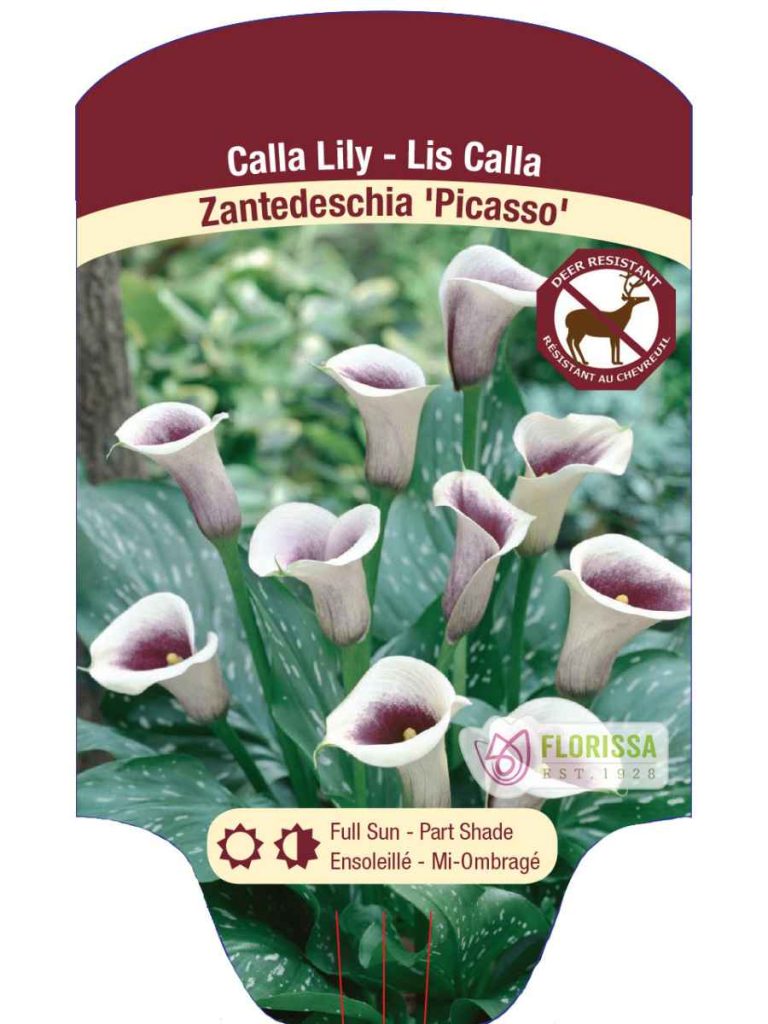
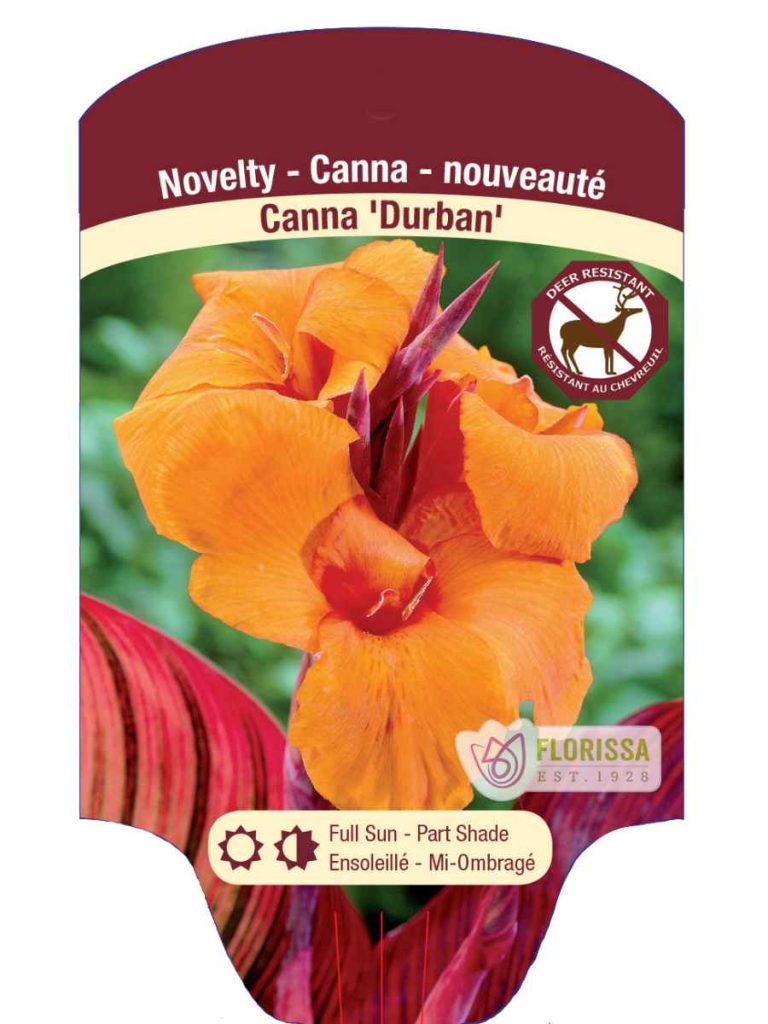
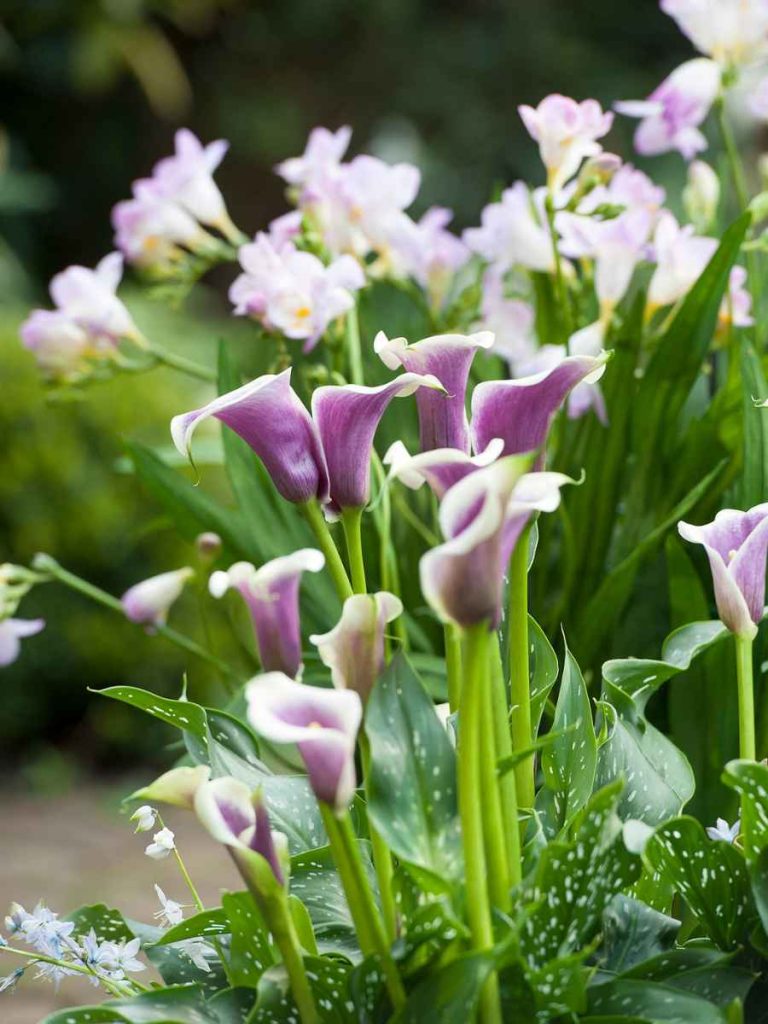
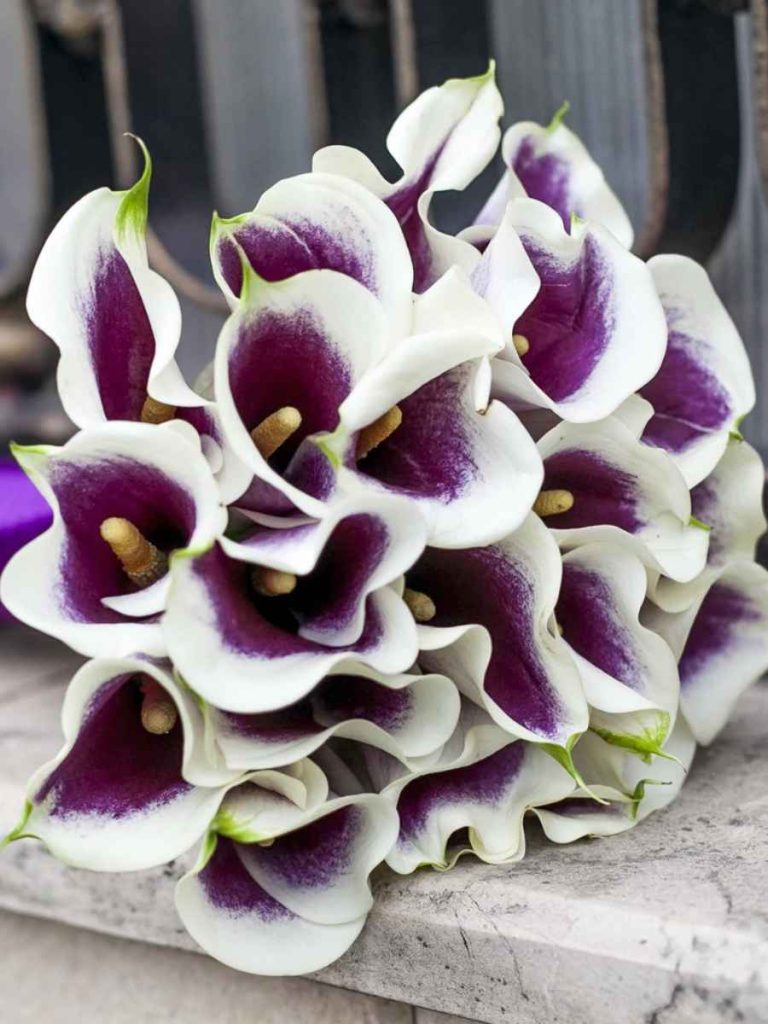
Many popular bold and beautiful summer flowers are tasty to deer, such as dahlias, lilium, gladiolus, phlox and hemerocallis. However, you can still add some big punches of colour to the garden with other varieties such as anemones, crocosmia, astilbe, echinacea, iris and paeonia!
Astilbe
Astilbe is a traditional choice for a deer-resistant garden. Available in shades of pink, purple, red, and white, there are many options to choose from in both colour and height! Astilbe Burgundy Red has gorgeous saturated red fluffy stems of flowers. This boldly colourful garden perennial performs well planted in mixed borders and containers. Interested in cut flowers? The feathered plumes of astilbe are a wonderful soft element to add to mixed bouquets. Blooming in July, Burgundy Red is hardy to zone 3 and grows to 60 cm (24”).

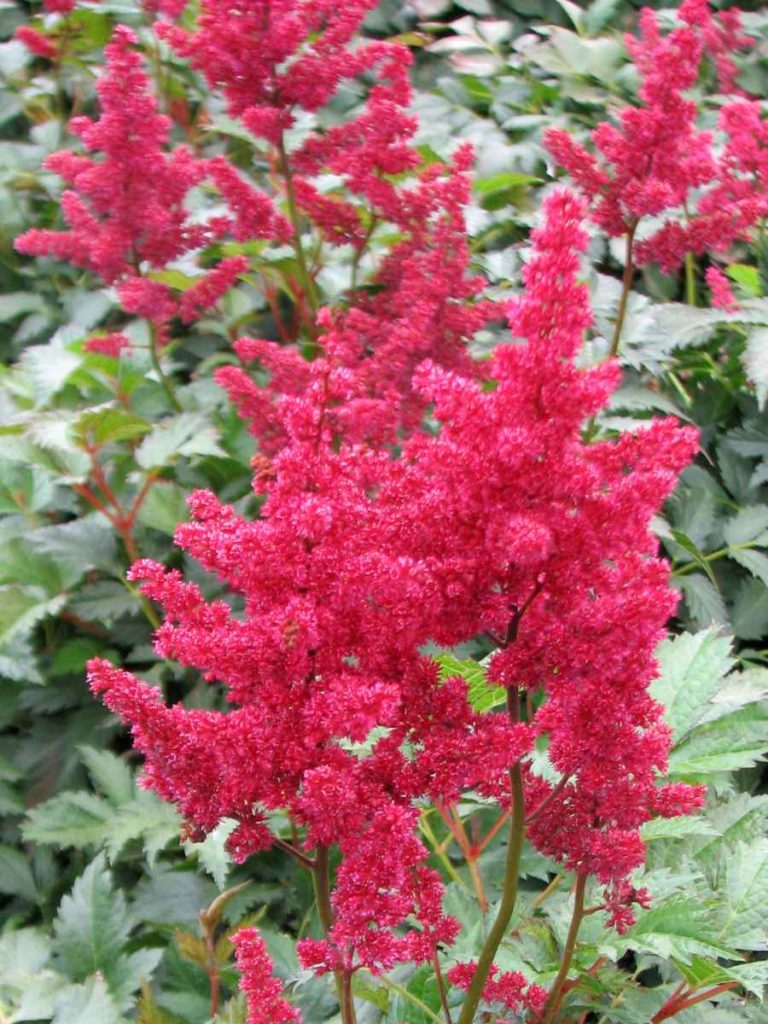
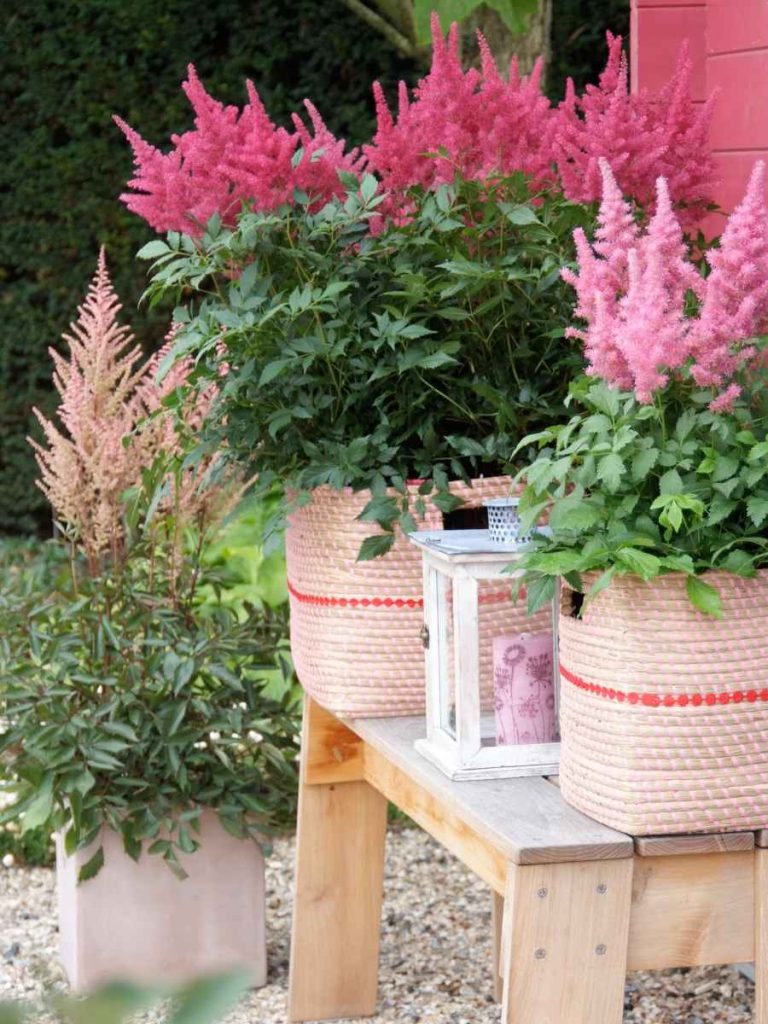
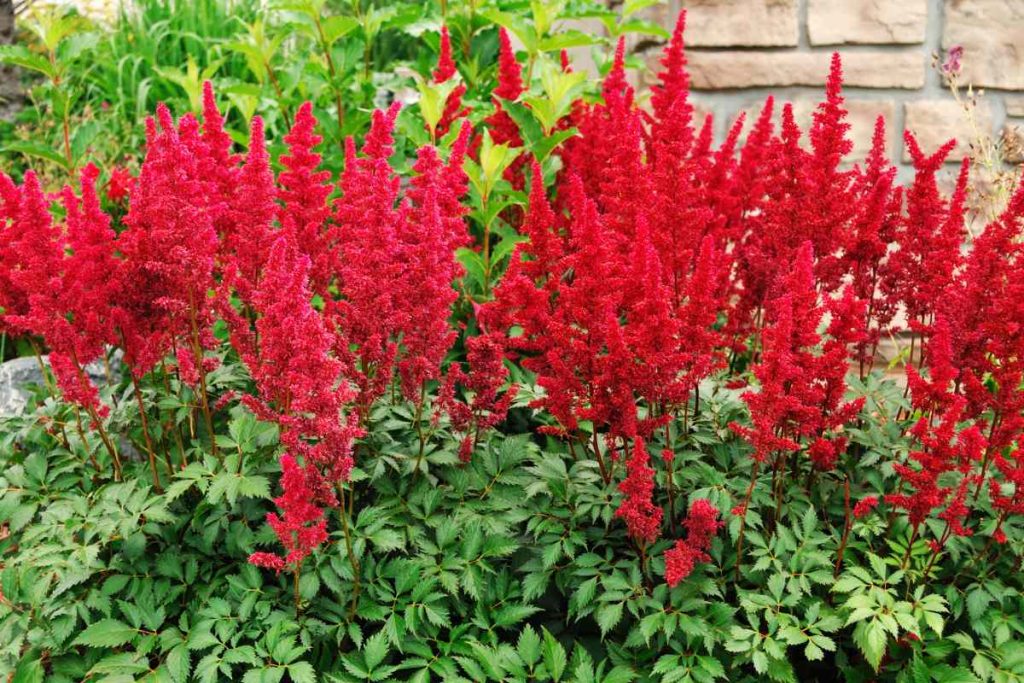
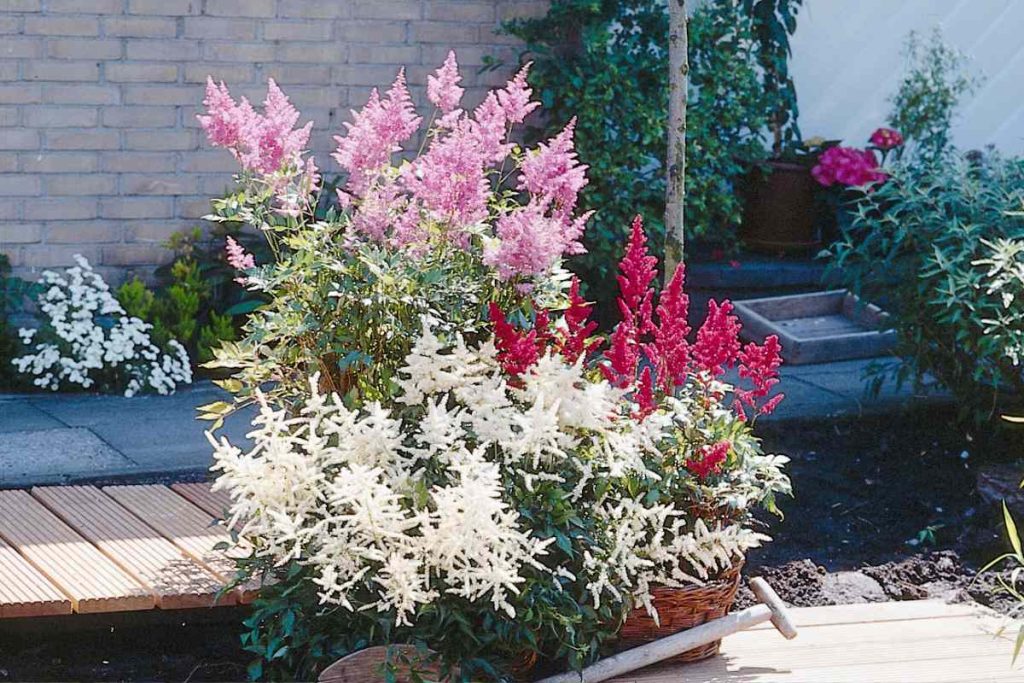
Echinacea – Cone Flower
Echinacea is an easy-to-grow must-have for the summer garden. Add the power of pink to the garden with Echinacea Ruby Star. This bright pink variety is a stand-out in the summer garden. Ruby Star displays huge daisy-shaped open blooms all the way from July through to September! The 90 cm (36”) tall blooms are attractive to pollinators but are not appealing to deer. Hardy to zone 3.
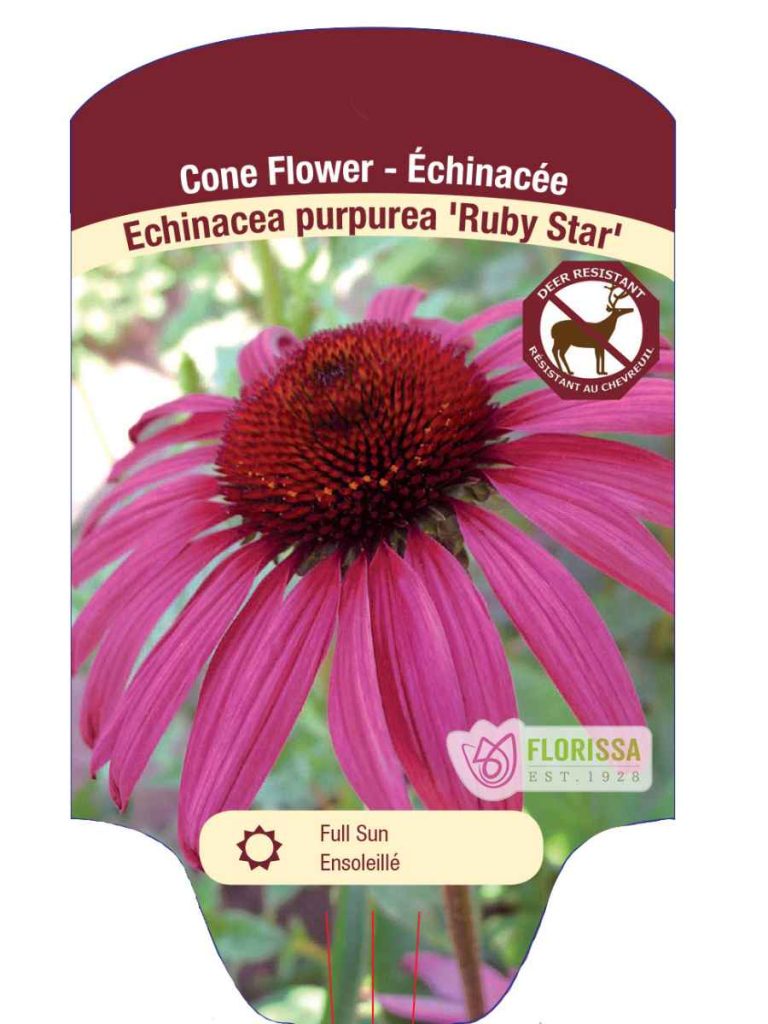
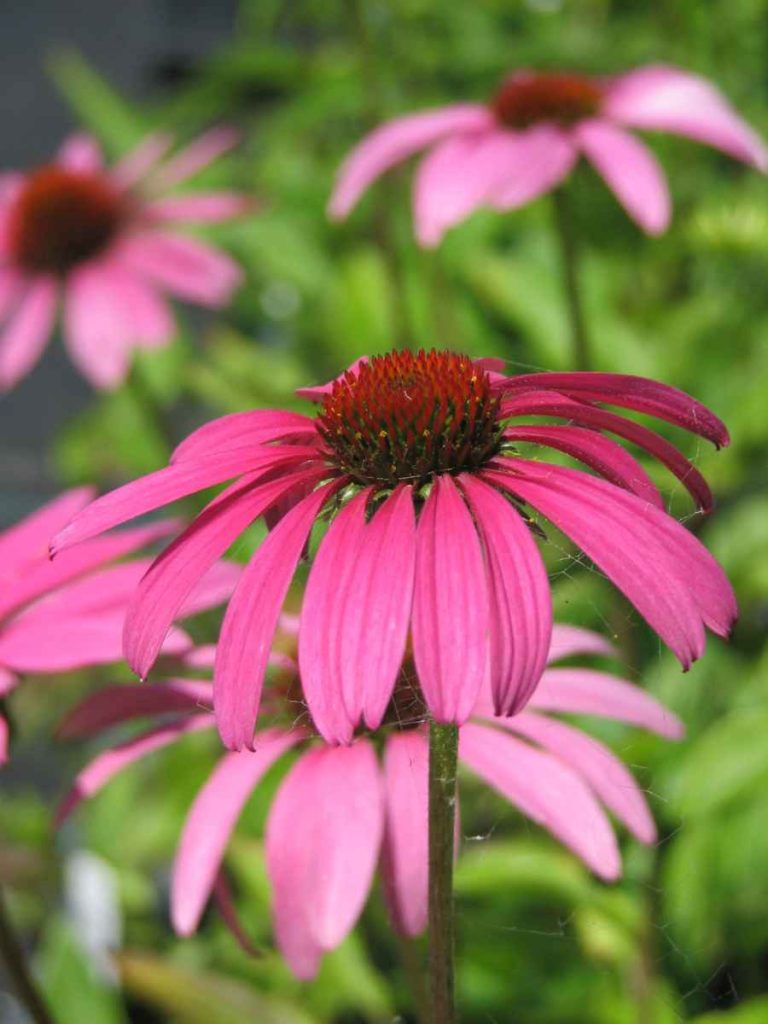

Iris germanica – Bearded Iris
A timeless garden favourite is Iris. A beautiful perennial is the pink and purple reblooming Iris germanica Discovered Treasure. This bearded iris produces huge blooms and is very easy to grow! Blooming from May through June, it is hardy to zone 3. As a reblooming variety, Discovered Treasure will bloom in the spring and re-bloom a second time usually in late summer or fall. It grows to 90 cm (36”) and works well in mixed borders.
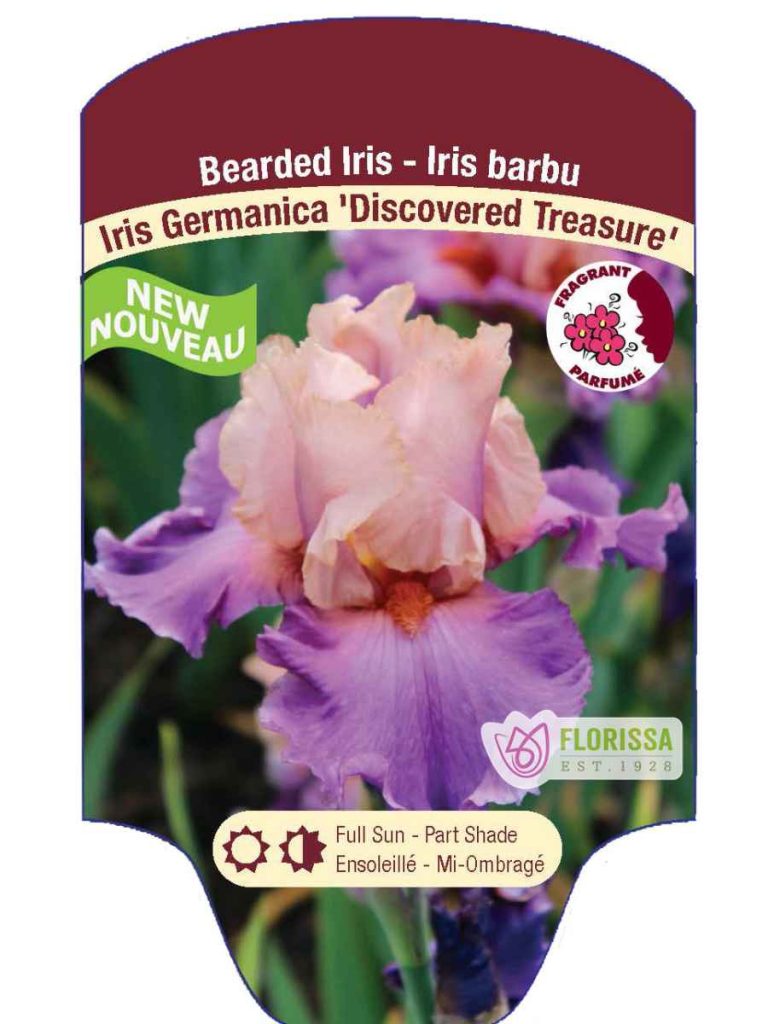
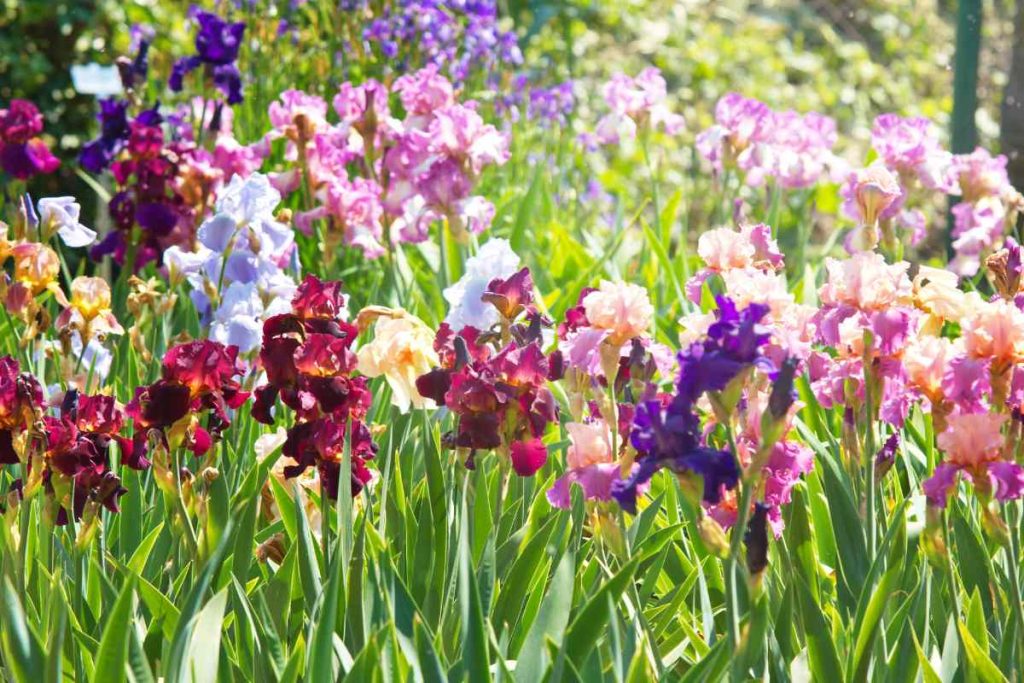
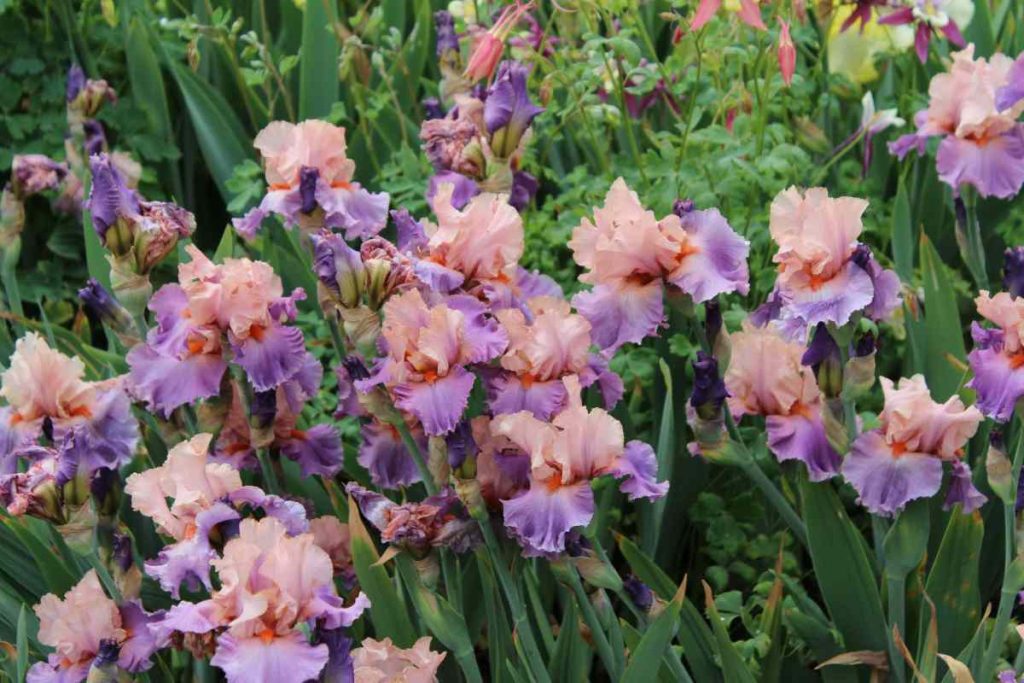
Paeonia – Garden Peony
Paeonia are beautiful, full-bodied flowers that add a touch of elegance to the garden. These perennial plants produce large, showy blooms in a variety of colours including shades of white, yellow, pink, and red. The features we love in peonies are what makes deer avoid them, namely their sweet perfume and strong stems. Deer do not like the taste or scent of peonies, which makes them less appealing as a food source! They prefer tender roots and leaves. Peonies have tough stems and thick foliage, which can be difficult for deer to chew through. Whatever the reason may be, many gardeners are grateful that deer tend to leave their prized peonies alone. Paeonia Lemon Chiffon will add a splash of sunshine to your summer garden. With 8” yellow blooms and atop stems of 80 cm (32”), this peony will have a dramatic impact on your early summer garden. It is hardy to zone 2. Don’t forget to cut some of these blooms to take inside!
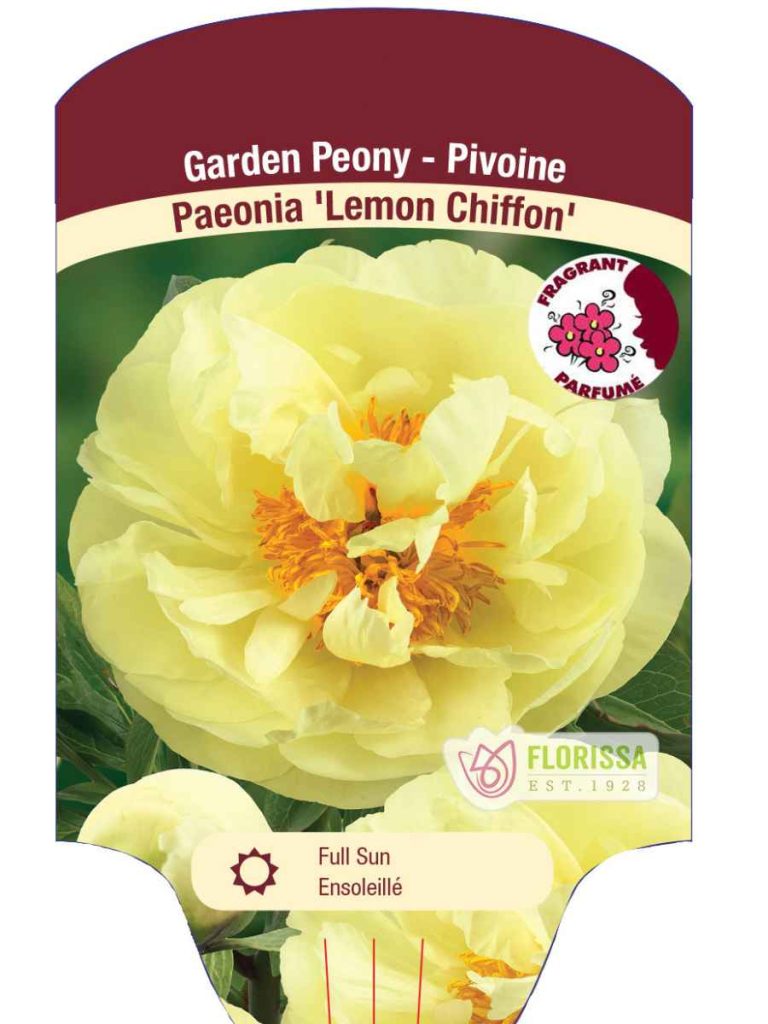


Panicum – Switch Grass
A common assumption is that deer are often munching on ornamental grasses in the garden. Not so! While deer may be able to easily access other plants and crops, some varieties of ornamental grass have sharp blades or coarse textures that can deter deer from grazing. Grasses can add colour, height and texture to a garden scape. Adding these elements is the deer-resistant Panicum Blood Brothers. This grass, growing to 150 cm (60”), displays a surprising and playful mix of both red and green blades of grass. This garden giant showcases its fabulous foliage colour all season long and seed heads from August to October. Blood Brothers is an excellent deer-resistant choice for mixed borders, screening, and massing. Hardy to zone 4.
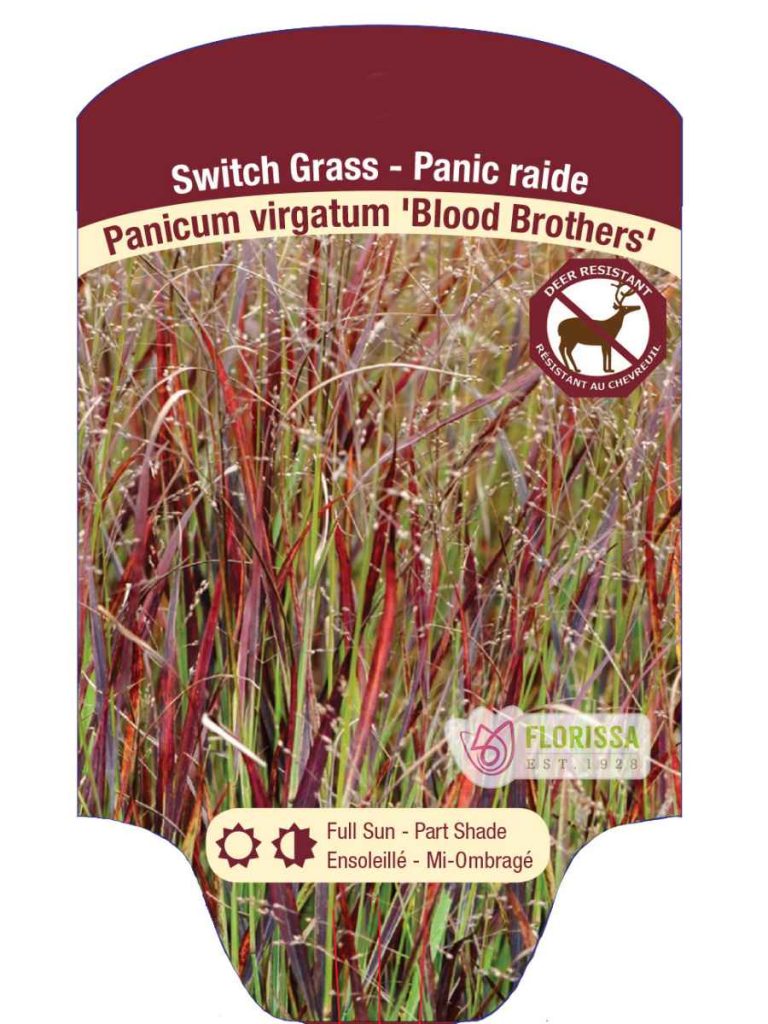
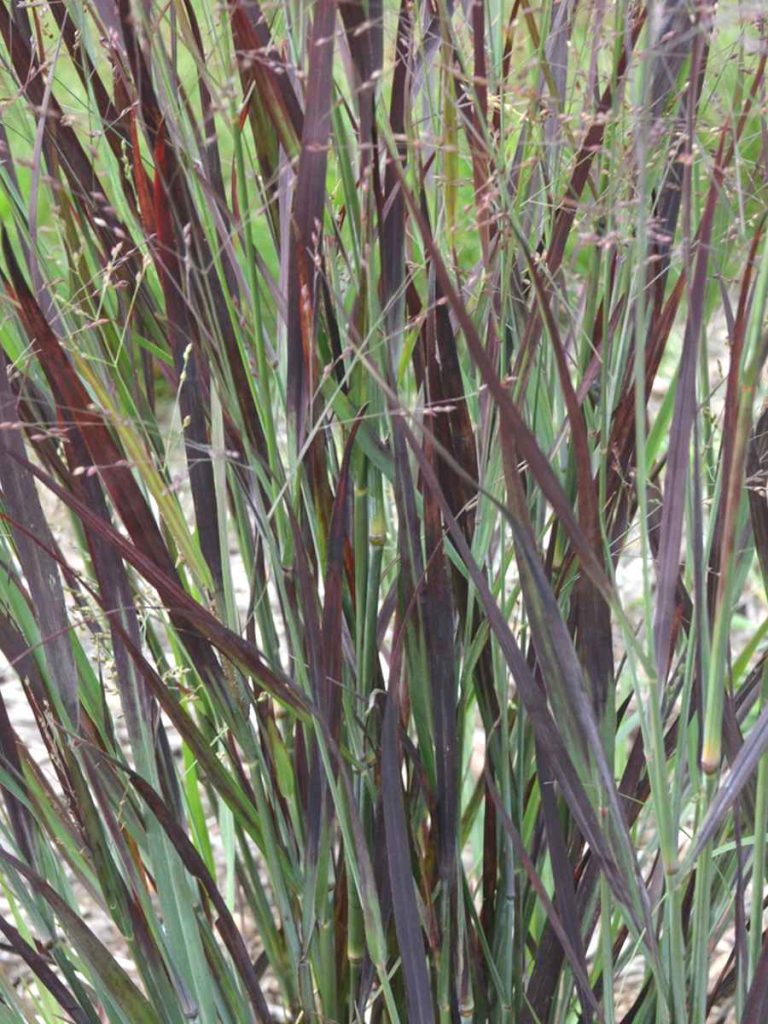
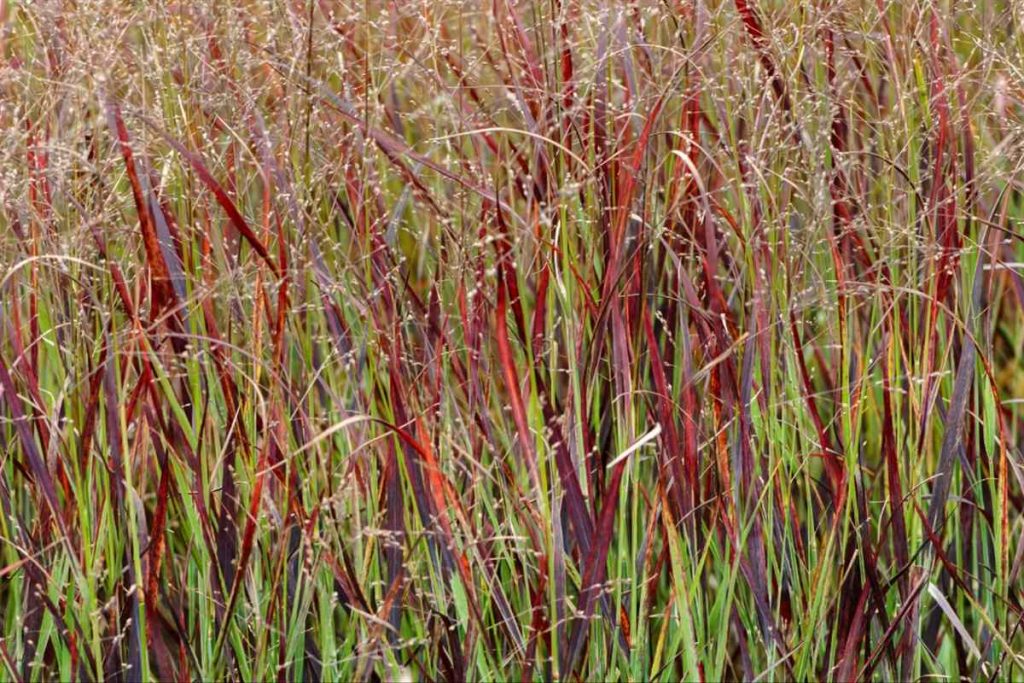
Heuchera – Coral Bells
Heuchera, also known as Coral Bells, is a popular perennial plant that is prized for its attractive foliage and vibrant flowers. Deer are less inclined to nibble on heuchera due to the plant’s thick, leathery leaves and its unpleasant taste. Most animals, including deer, rely on their sense of smell to determine if a plant is safe to eat. One of our favourites, Heuchera Midnight Rose has a strong scent that deters deer from approaching it. Growing in a compact mound, Midnight Rose can grow to 25 cm (10”). Its leaves are a deep purple colour with bright pink spots that resemble splattered paint. In June and July, it produces delicate white flowers that attract pollinators. Ideal for part shade areas heucheras are hardy to zone 4.


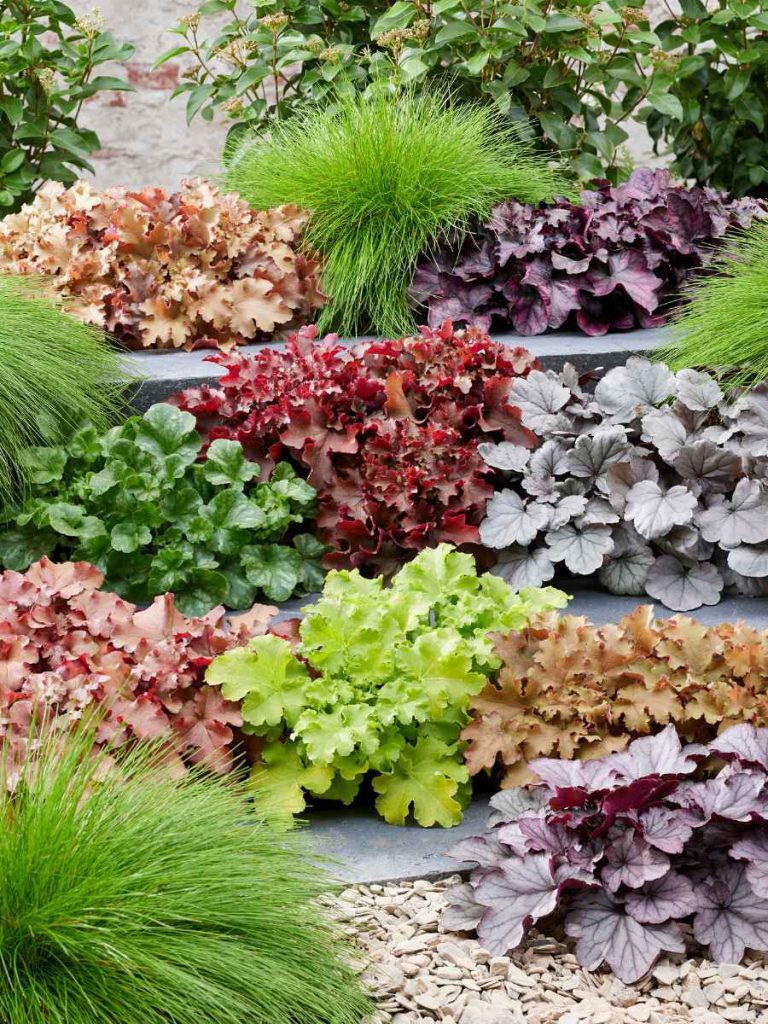
Dealing with deer in your garden can be frustrating. By understanding their behaviour, implementing some of these tips and tricks, and planting deer-resistant varieties, you can create a beautiful deer-resistant garden. There are countless deer-resistant bulbs and perennials to add to your garden. Check out our Deer Resistant brochure which highlights many different deer-resistant varieties, all according to the amount of light each requires. All Florissa’s deer-resistant varieties have our Deer Resistant logo on the packaging and stake tags, and if in doubt, ask a salesperson at your local garden centre.


